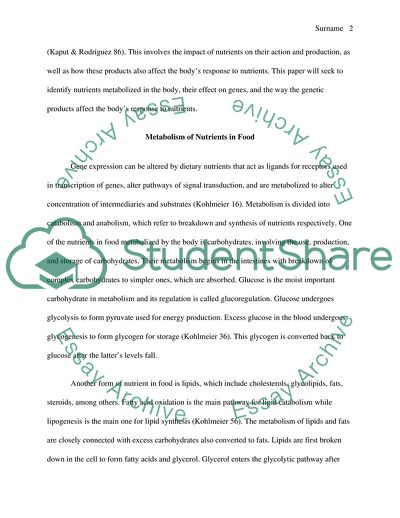Cite this document
(Nutrigenomics- The Study of You Are What You Eat Essay, n.d.)
Nutrigenomics- The Study of You Are What You Eat Essay. https://studentshare.org/health-sciences-medicine/1807418-nutrigenomics-the-study-of-you-are-what-you-eat
Nutrigenomics- The Study of You Are What You Eat Essay. https://studentshare.org/health-sciences-medicine/1807418-nutrigenomics-the-study-of-you-are-what-you-eat
(Nutrigenomics- The Study of You Are What You Eat Essay)
Nutrigenomics- The Study of You Are What You Eat Essay. https://studentshare.org/health-sciences-medicine/1807418-nutrigenomics-the-study-of-you-are-what-you-eat.
Nutrigenomics- The Study of You Are What You Eat Essay. https://studentshare.org/health-sciences-medicine/1807418-nutrigenomics-the-study-of-you-are-what-you-eat.
“Nutrigenomics- The Study of You Are What You Eat Essay”. https://studentshare.org/health-sciences-medicine/1807418-nutrigenomics-the-study-of-you-are-what-you-eat.


